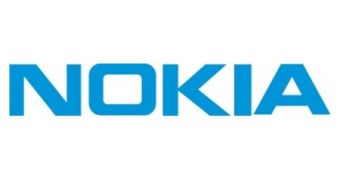Finnish mobile phone maker Nokia is planning on delivering enhanced imaging capabilities inside its future Windows Phone-based Lumia handsets, moving beyond the simple inclusion of larger camera sensors.
Apparently, the addition of a 41-megapixel photo snapper to a future Lumia smartphone might not be enough to meet the needs of today’s mobile users, and Nokia is set to focus on that.
In an interview with DNA, Jo Harlow, Nokia’s executive vice president for smartphone business, confirmed that the vendor was actually seeking means to help users capture more data when taking a shot.
“If you look at where imaging is going, computational imaging is an area of exploration. Being able to capture even more data — data you cannot even see with the human eye that you can only see by actually going back to the picture and being able to do things with them,” Jo Harlow said.
Basically, the company is working on Lytro-like light field photography for smartphones, which could allow users to tweak photos after taking them by changing their focus, or making other modifications, a post on BGR India explains.
This means that photos taken with upcoming Nokia devices would include enough data to remain alive even after they are shot.
“I think that is a key challenge to bring to a smartphone because computational imaging or computational photography requires computational power,” Jo Harlow continued.
“That was one of the limitations in bringing that kind of experiences on a smartphone. Changes in the processing capabilities of smartphones opens it up as an area of exploration.”
As BGR India notes, Nokia has already taken the first steps towards bringing computational photography to its Lumia smartphones, given its investment in Pelican Imaging.
Furthermore, smartphone chipsets to support such features are already available, such as Qualcomm’s solutions that pack Adreno 320 GPUs.

 14 DAY TRIAL //
14 DAY TRIAL //